Before I start my travelogue about the month I spent in LA, I would like to give certain background information. How do you think of LA? Palm trees, beaches, a lot of guys named Jesús and burritos, of course, but what else?
The answer is quite simple: huge numbers of kendokas. Many kendokas from various nations and ethnicities train in the City of Angels. Some of you may not know that most of the USA National Team members train in California and that in 2006 they were the first team that had ever won against the Japanese National Team at a WKC.
So this is the place where I was training for a month with Attila Nemeti, the trainer for the USA National Team in 2006. I have been training through the way, Attila would tell me twice a day. I don’t want to explain every part of the training because I reckon nobody is really interested in it; the only thing I can say is that they were not easy. I thought that after the 3 months I had spent at Kokushikan University or the year at the Osaka University, all of my body parts had experienced pain. Well, it seems I was mistaken.
Regardless, I would like to write about my psychological trials instead of the physical ones. Let me tell you how my thoughts became clear during that month. Although it takes a lot more time to fix the chaos in ones head, I really feel like something began to clarify in me in LA. One month was enough to realize some of my bad habits but it will take a lot longer to fix things in my head. Those who know me may know that I am quite short temper and sometimes it’s really hard for me to control my acts or my reactions on some things. Of course, these bad characteristics have their influences on my kendo as well.
While I was trainig with Attila, I realized that the biggest problem in my kendo might not come from the technical issues…of course, there are plenty of them, but from the psychological ones. Attila doesn’t make magic, nor try to create magic potions that he could give to kendokas to become similar that of Asterix or Obelix. He collects every technical, psychological, pedagogical, physiological information he could possibly find and tries to find a solution for the problem.
In my case, he realized that the chaos in my head is responsible for the incompleteness. Well, no special skills are needed to make this realization. The bigger thing is the ”art of finding the solution” for a certain problem. In my opinion, it looks like he found that for my issues.
Thanks for my ”cosmopolitan lifestyle”, I had several opportunities to practice kendo in different countries. Since I have plenty of foreign kendo friends, I also have an insight in their kendo lives. My experiences with Kibe Atsuo sensei (7. dan) make me think that there is a need in the kendo world to change a little. The more I think about the „European kendo style” or the „Hungarian kendo style”, the more I think that some sort of innovation is needed; as well as the need to view kendo from a different perspective.
If I use myself as an example, my kendo developes the most when I am out of my comfort zone, by placing myself in a new environment and with new challanges. However, if we really find the method that help us develop, we should not just throw it away and start finding a new method instead. But if we really don’t feel like moving from A to B, we should take the opportunity and try something new. Maybe we make a mistake but there’s a chance of finding the key and that is worth the risk.
During our lives, we try to make the best of it. We don’t wait for the manna to fall upon us from the sky…why would we expect our opponent to run under the shinai and strike an ippon for us? Why wouldn’t we take a risk if the things we have been doing so far were not successful enough? As far as I see, anything is better than standing in the same place. If we don’t look around, check new things out, get to know new views or methods, everything around us will start to develop and we will stand still the same way as Don Quijote. Considering the fact that kendo is some sort of a death-and-life struggle and that the one who gets surprised for the fisrt time will instantly die…well, it’s quite easy to perceive that the shock caused by the surprise will be as fast and painful, as if a katana would cut you in hal fin the middle of Edo-period.
After 10 years of kendo, 3 trips to Japan, and after only God knows how many foregin kendo trips, I have several things and ideas about kendo, but some of them for some reason didn’t really start to root. Even if I know about them, I misunderstood them. For instance, to realize how does it feel when you practically die during a training or during a super simple exercise, not in the physical sense, of course, rather in your mind. Not because the exercise would be so difficult, rather because of your brain is trying to convince your body that you can’t handle it anymore. You keep on thinking about „this is uncomfortable, it hurts, and it’s enough…” However, if you don’t think and just do what you have to do knowing your aim, you can beat the limits of your mind. Finally, you will make the realization that the task was not even complicated nor super difficult and you can actually manage to do it. In my case, this was rather a big issue.
In the past 23 years, I was trying to find the link between everything and to solve the problems in the most rational way. Have you ever heard the „…you have to think about your kendo” – sentence? Or the „Don’t think while you are fighting” – one? Well, looks like we have reached the paradox-part of it. You have to think, but there’s “fudoshin” you have to think but there’s “mushin”. So, what should we do exactly? This was where I always failed in the past few years. I made the conclusion that you have to think about the way of developing yourself or when you are trying to analyse your opponent. You also have to think when you decide about the fighting order of your team or when you coach people.
When you have to succeed with physical difficulties or when you have been doing an exercise for ages repeatedly, you might think that „I have done so much of this that it would work with a rubber-duck instead of the shinai too”; this is when you have to empty your mind. As a matter of fact, thinking will make your brain realize how tired you are and in that exact moment, the electrical activity in your brain will make the informations flow around your body. Long story short, you will be dead tired. From that point, every single part of yours will be against you, trying to stop you from reaching your goal.
From this, you might think that I haven’t been super successful at all with the trainings in LA. There were moments when I started to cry or got super angry. I had to fight against my instincts. Luckily, Attila always helped me „putting the things back to their order”. I fought a lot against myself. After succeeding in the smaller tasks, he made me think that everything is possible if you work hard on it. The same way as the USA Team could win the match against Japan, we could be successful in our aims with no doubt.
Here, I think it is quite good to mention that there was one training that seemed to be impossible to do at first. Two days later, when I ’switch my brain off”, I did it without any problem. Not because I ate Popeye’s spinach; I started to talk about my problems with Attila and he gave me the instructions to put things in order, and that was it.
I had many incredible mental, technical and physical experiences in LA and I think I started to understand things that I have learned from Kibe sensei when I was younger: we always have to develop our body and our mind together. But developing our minds doesn’t necessarily requires lexical knowledge. Maybe this was the point where I made the mistakes before.
As most of the European kendokas, I thought that there must be some kind of „Kendo Bible” that I have to follow. We have so many amazing scientific developements around us…why couldn’t we try to adapt the developements into the practice of kendo as well? Maybe not only the orthodox methods are the ones for us. Just think about it…it’s similar to heliocentrism…when Galilei came up with his new ideas, the Catholic Church presecuted him…and what happened a few hundred years later? Everyone accepts the fact that the Earth is not the centre of the Universe. Hopefully we won’t be persecuted by the Catholic Church, so the only thing I can advise to everyone – kendoka or not kendoka – is to try new things and try to open up.
If you have your aims, plan everything properly and analyse everything properly you will be able to succeed!
P.S. For the warm hospitality, the continuous teachings and the invitation to be able to train at Chuo Kendo Dojo I would like to thank for Masashi Shikai and Attila Nemeti.
Mercédesz Czimbalmos
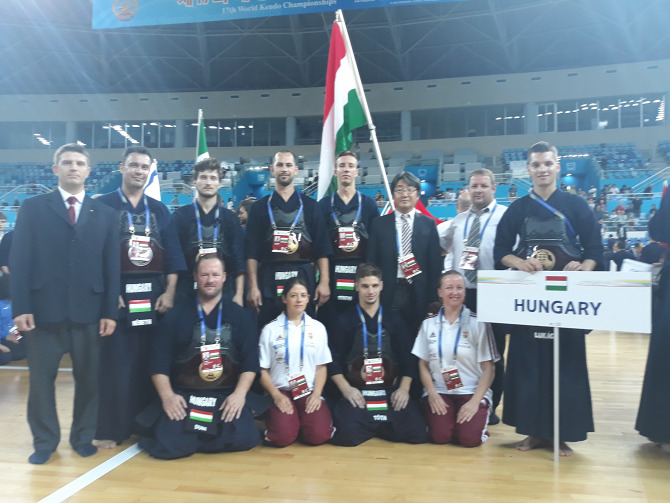
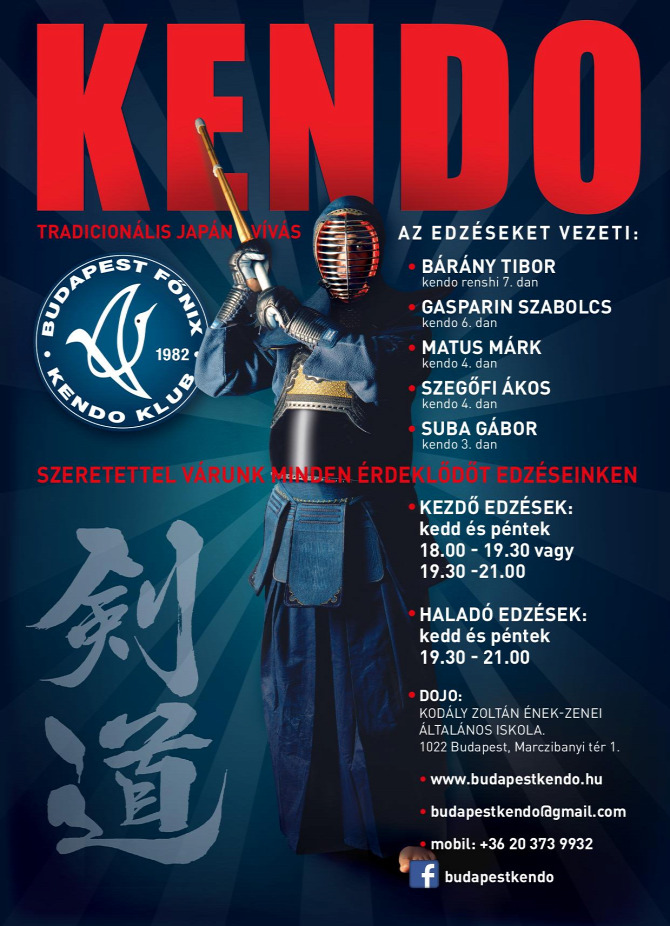

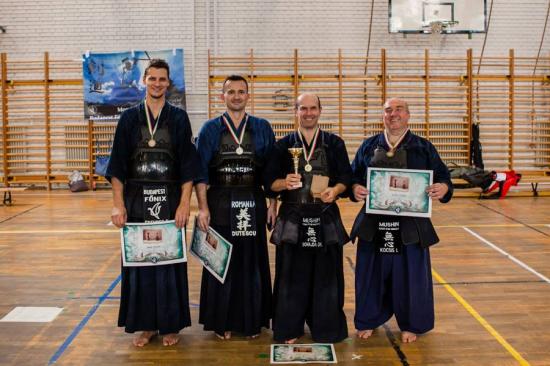
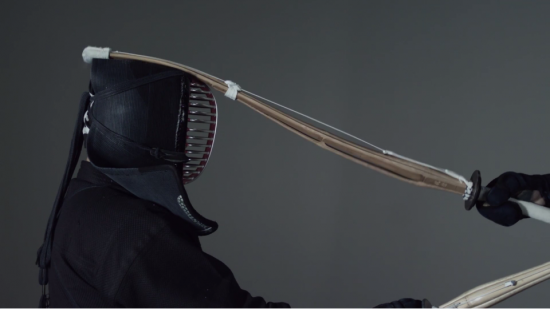
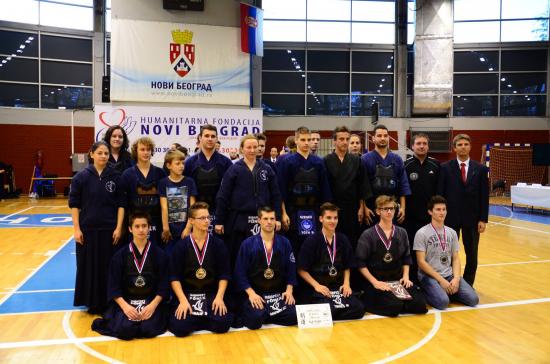
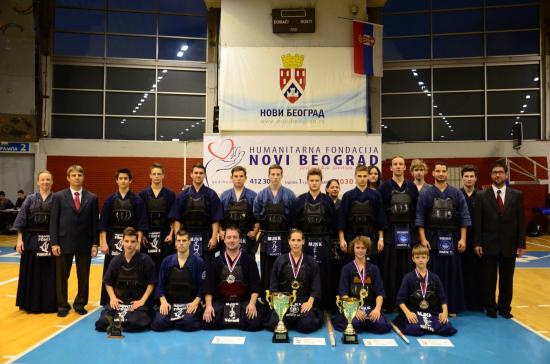
Utolsó kommentek